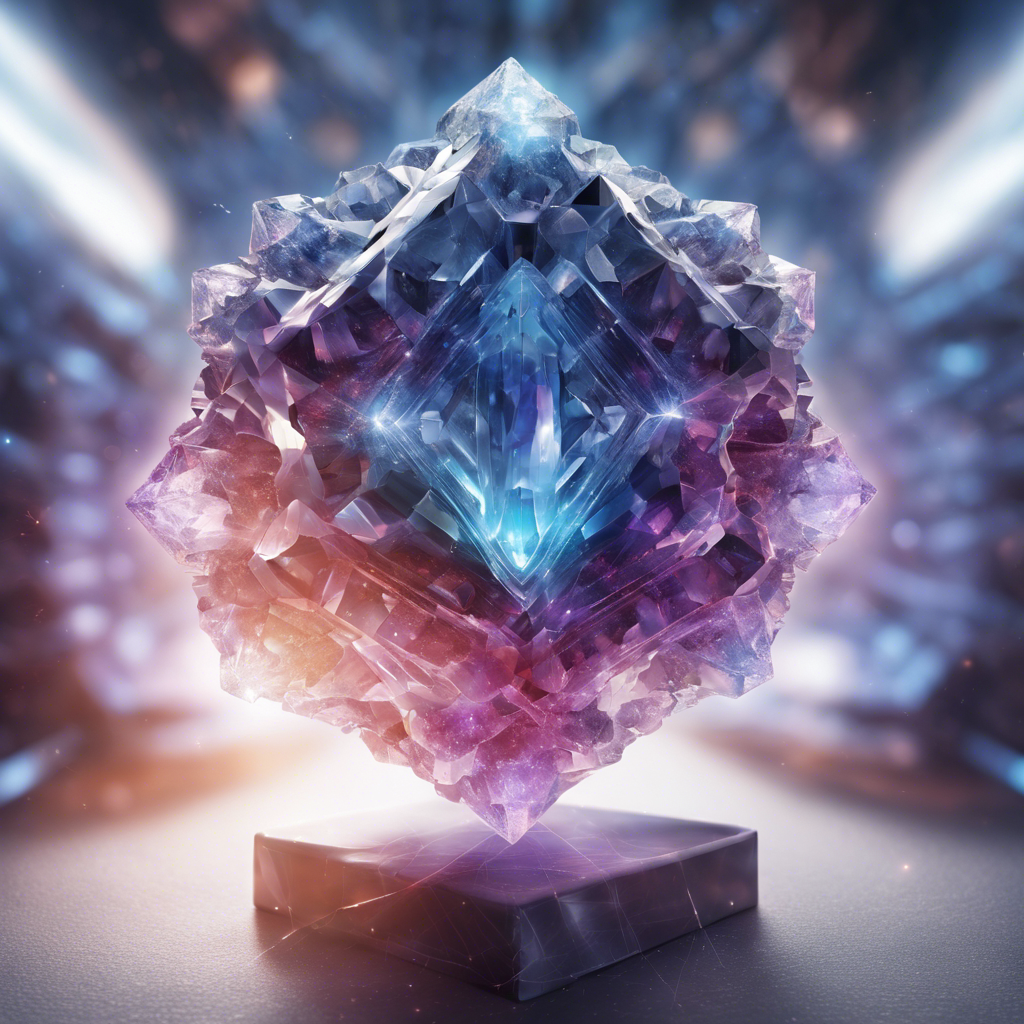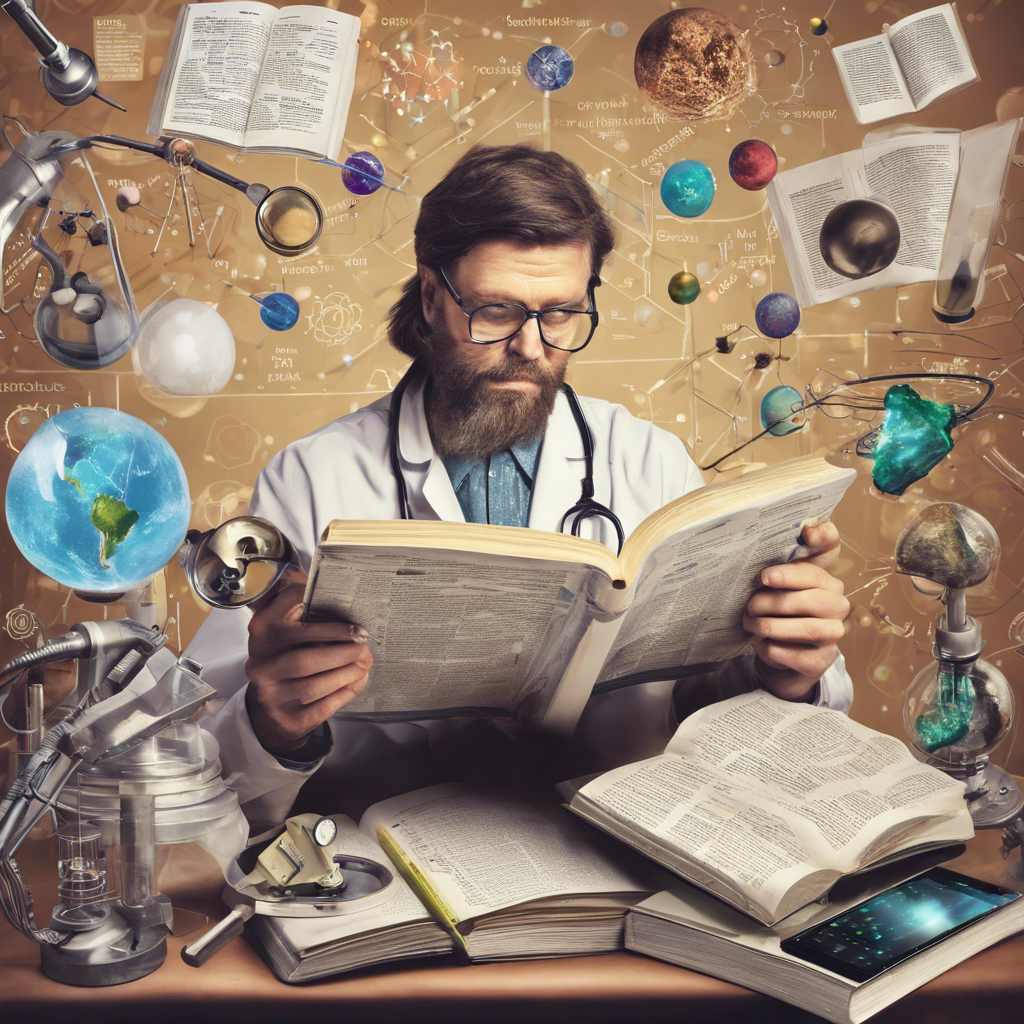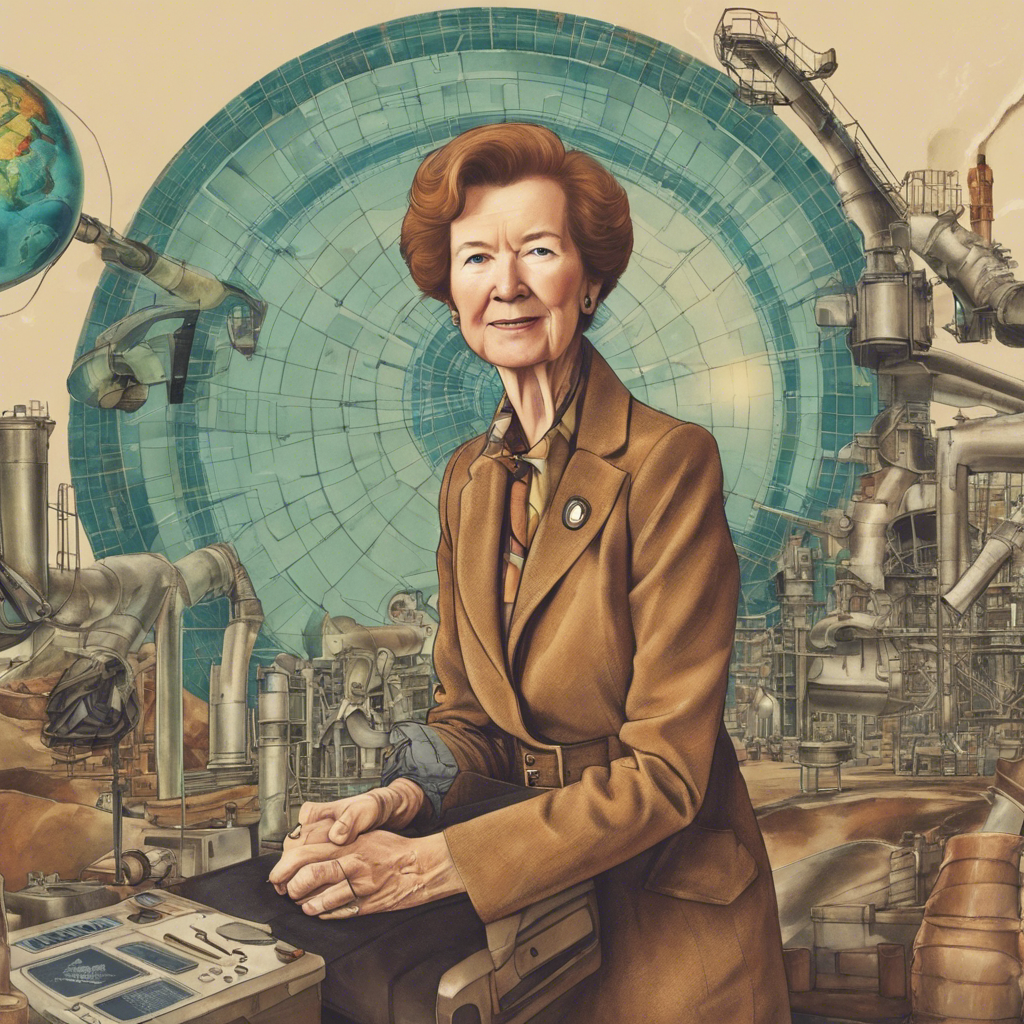Unleashing the Power of AI: DeepMind’s Exploration of Crystals Reveals 2.2 Million New Structures

Google’s DeepMind uses machine learning to predict and synthesize a vast number of crystal structures, revolutionizing materials exploration.
Crystals, with their remarkable properties and applications, have fascinated scientists and engineers for centuries. Now, Google’s artificial intelligence company, DeepMind, has taken a significant leap forward in crystal research. Using their machine learning tool, GN o ME, DeepMind has predicted 2.2 million new crystal structures, each previously unknown to science. This groundbreaking achievement has the potential to revolutionize materials exploration and unlock a wealth of possibilities for various industries.
Unveiling the Potential of AI in Crystal Research:
DeepMind’s machine learning tool, GN o ME, is designed to analyze existing libraries of chemical structures and predict new ones. In collaboration with researchers at the University of California, Berkeley, DeepMind synthesized 41 out of the 58 predicted compounds, validating the accuracy of their predictions. Since then, more than 700 additional crystals have been produced by other research groups. This breakthrough demonstrates the power of AI in accelerating scientific discovery and expanding the boundaries of knowledge.
Expanding the Crystal Universe:
To facilitate further exploration, DeepMind has made a subset of the predicted crystal structures available to other laboratories. Among these structures are thousands of crystals with potential applications in superconductivity and hundreds of potential lithium-ion conductors for batteries. DeepMind’s work has exponentially increased the number of candidate materials available to researchers, opening up new avenues for technological advancements.
The Limitless Possibilities:
While DeepMind’s achievement is impressive, it is just the beginning of a vast exploration of crystal structures. According to Aron Walsh, a materials scientist at Imperial College London, the machine has only scratched the surface of what is possible. The universe of materials extends beyond crystals to include amorphous solids, gases, gels, and liquids. DeepMind’s work, however, provides valuable insights into the formation of crystals and may uncover previously unknown rules governing their creation.
Unveiling Hidden Gems:
DeepMind’s AI has already made significant discoveries. It identified over 3,200 stable compounds made from six elements, known as senaries, challenging the previous belief that they were rare. This newfound understanding of crystal formation could have far-reaching implications, potentially saving scientists the laborious process of synthesizing each material by hand.
Conclusion:
DeepMind’s groundbreaking research in crystal exploration has unveiled a treasure trove of 2.2 million new crystal structures. While the applications of these structures are yet to be fully understood, the techniques used to predict them hold immense value. By harnessing the power of AI, researchers can accelerate materials discovery and gain a deeper understanding of the rules governing crystal formation. DeepMind’s achievement marks a significant milestone in the field of materials science, opening up a world of possibilities for technological advancements and scientific breakthroughs.










